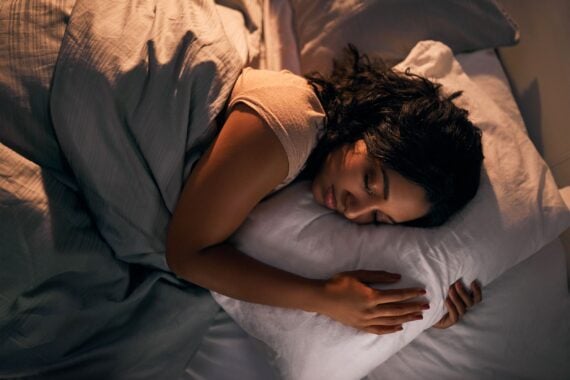Daylight saving time begins March 13, with clocks leaping forward an hour — robbing us of a precious hour of weekend sack time. The beginning of daylight saving time is considered harder to handle than its end, but either can be disruptive for the third of adults who suffer temporary insomnia from any sudden change in schedule. Here are some free or inexpensive techniques to help handle the time shift.
Related: This Is Why Getting a Good Night’s Sleep Is Harder as You Get Older
Ease In
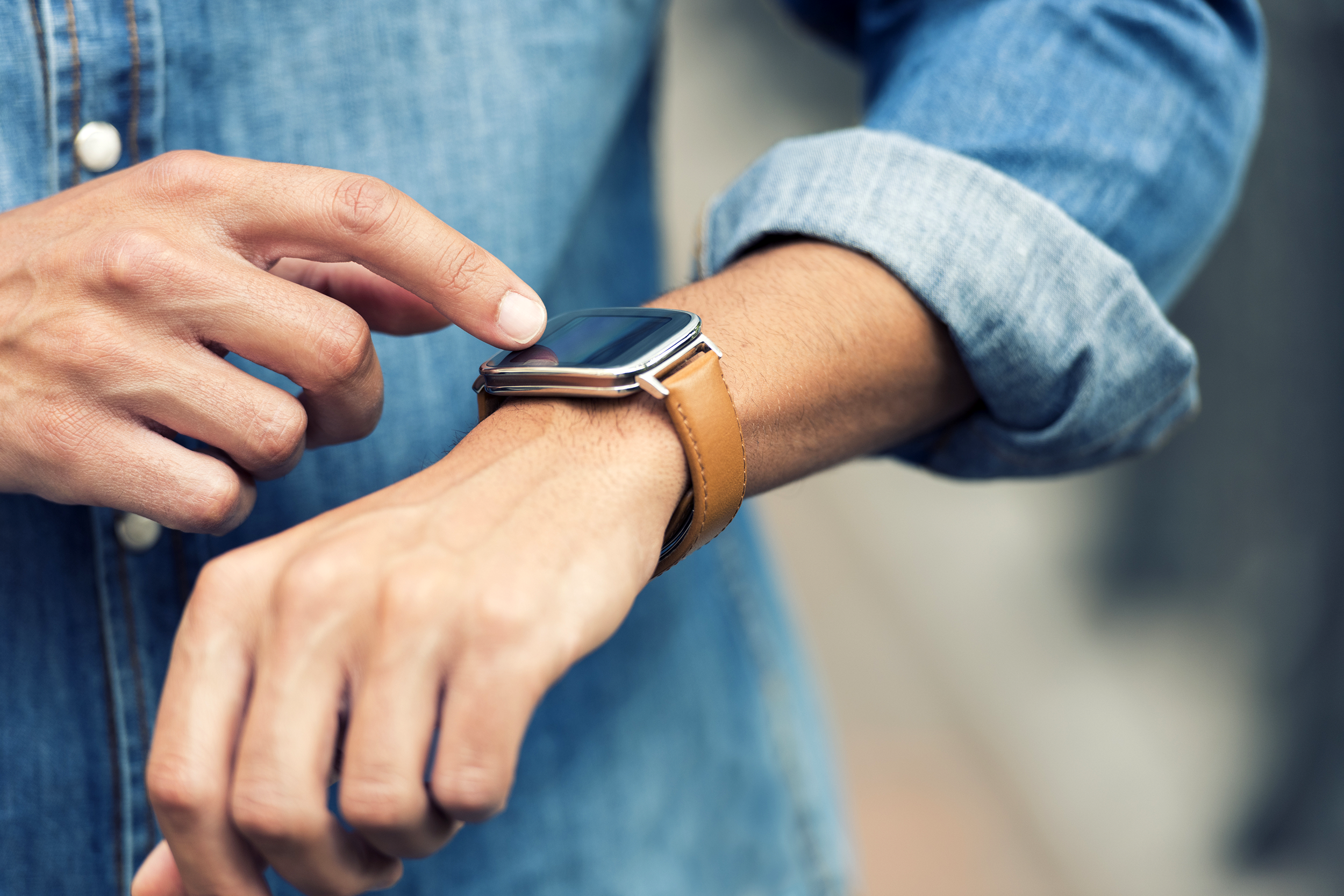
Instead of shifting a full hour all at once, some people could benefit from gradual adjustments — maybe 15 minutes a day — to let the body’s internal clock ease into a new schedule.
Related: 9 Things Robbing You of Sleep, and How to Beat Them
Take a Nap
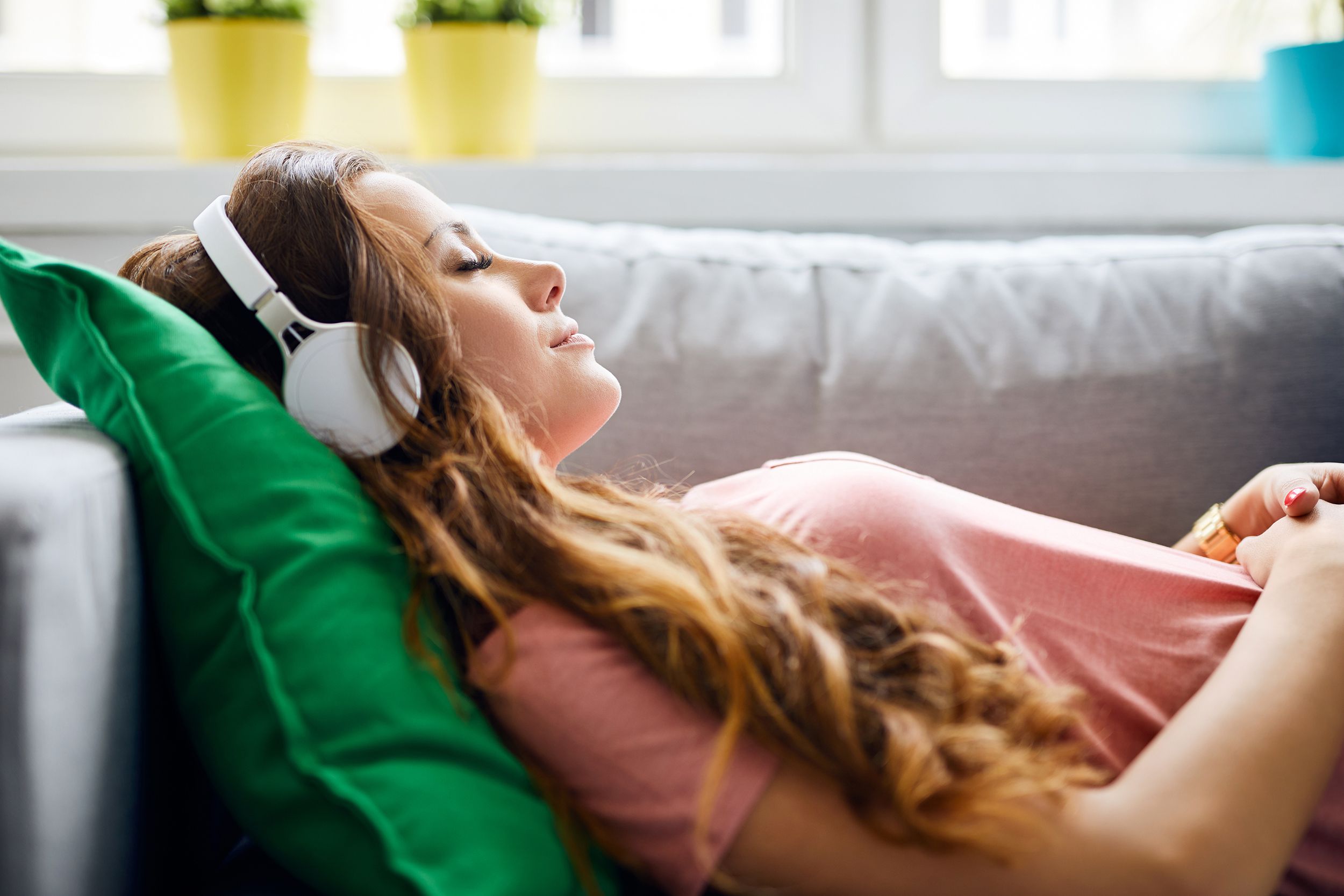
Taking short naps of 15 to 20 minutes can ease the transition from daylight saving time, said Dr. Raj Dasgupta of the University of Southern California’s Keck School of Medicine and the American Academy of Sleep Medicine. He noted that some people use “caffeine naps” in which they have some coffee or tea and take a nap immediately. When they wake up 20 minutes or so later, they feel extra refreshed from the nap and the caffeine that has taken effect in the meantime.
For more health and fitness tips, please sign up for our free newsletters.
Get Your Sun
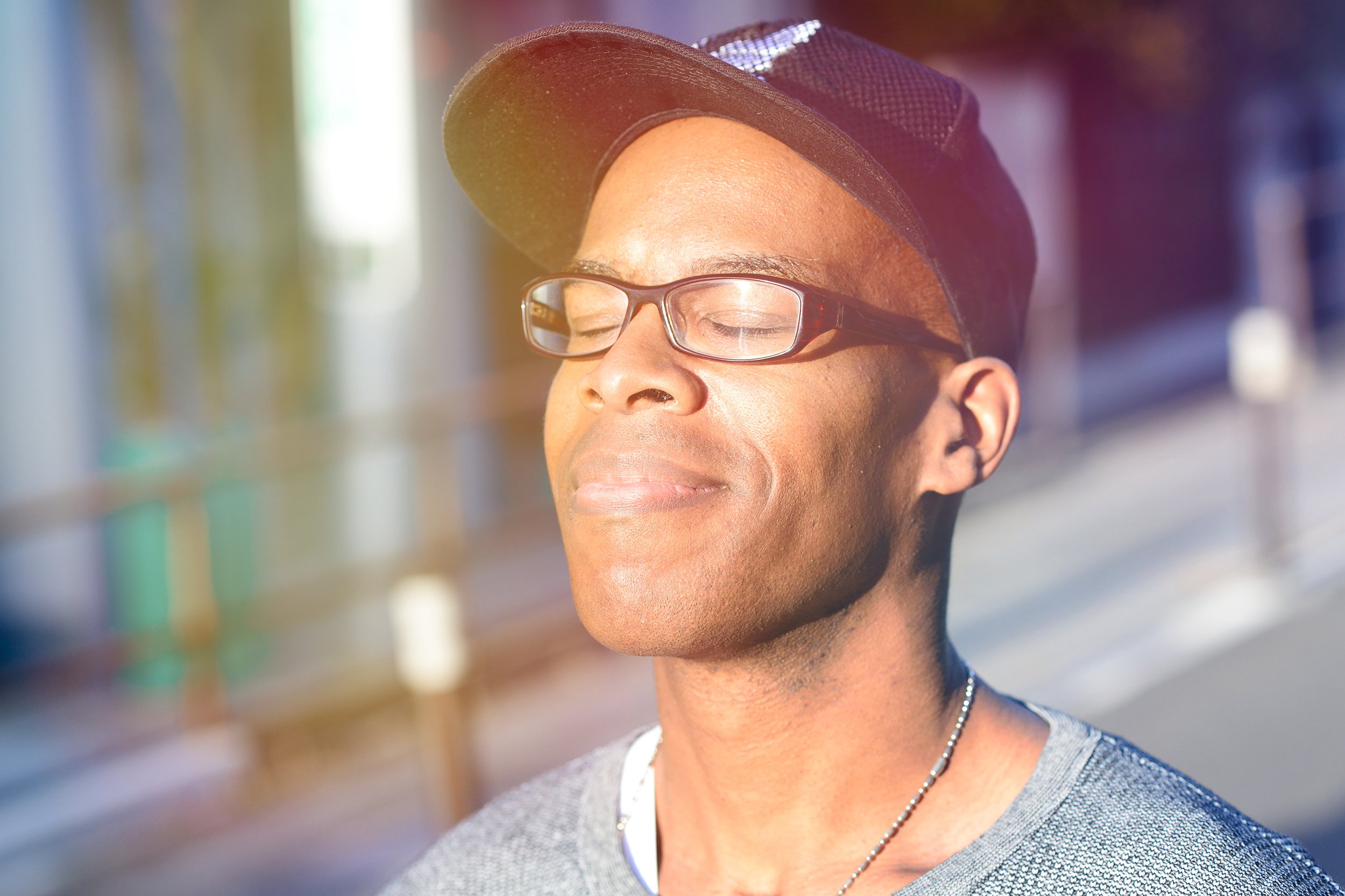
Over the winter, the shorter days and changing weather mean less daylight. It also means less opportunity to soak up some vitamin D, which plays an important role in maintaining circadian rhythms. Get outdoors and take in as much sun as possible in the colder weather, starting first thing in the morning.
Related: 13 Essential Sun Safety Tips for Seniors
Shut Down Electronics Early
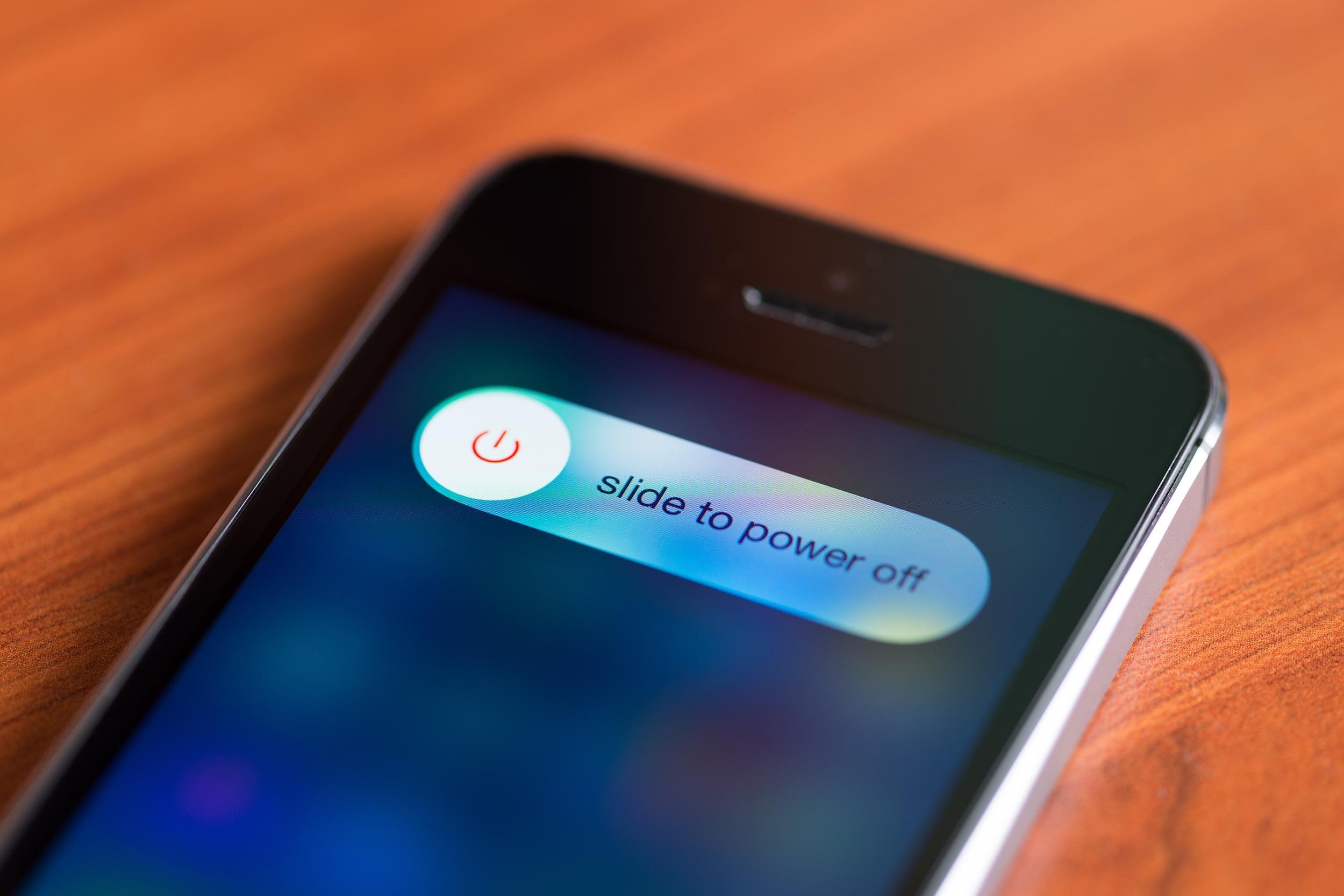
The blue light emitted by most electronics can be particularly disruptive to sleep rhythms, according to sleep researchers from Harvard Medical School. The best way to combat this: Stop looking at electronic devices a couple of hours before bedtime.
See the Screen Through Orange-Colored Glasses
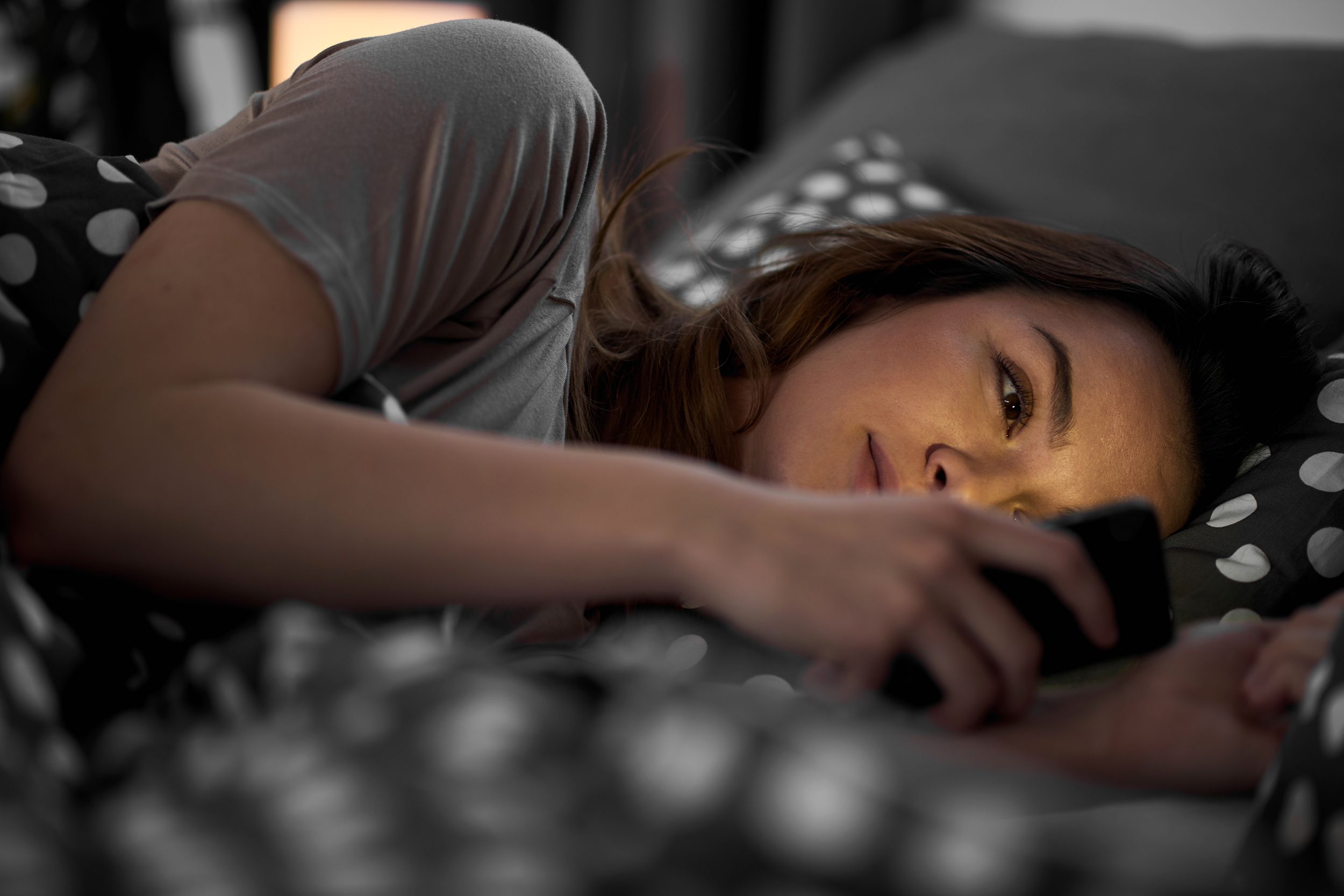
For those who can’t avoid or resist screen time just before bedtime, there are other options. Apps such as Flux counteract the blue light by giving computer screens a warmer glow in the evening. Phones increasingly do this automatically, or have a setting that can be activated. Same goes for bigger devices and computers.
Related: 100 Tech Products That Will Make Your Life Easier
Trending on Cheapism
Keep the Bedroom an Ideal Temperature
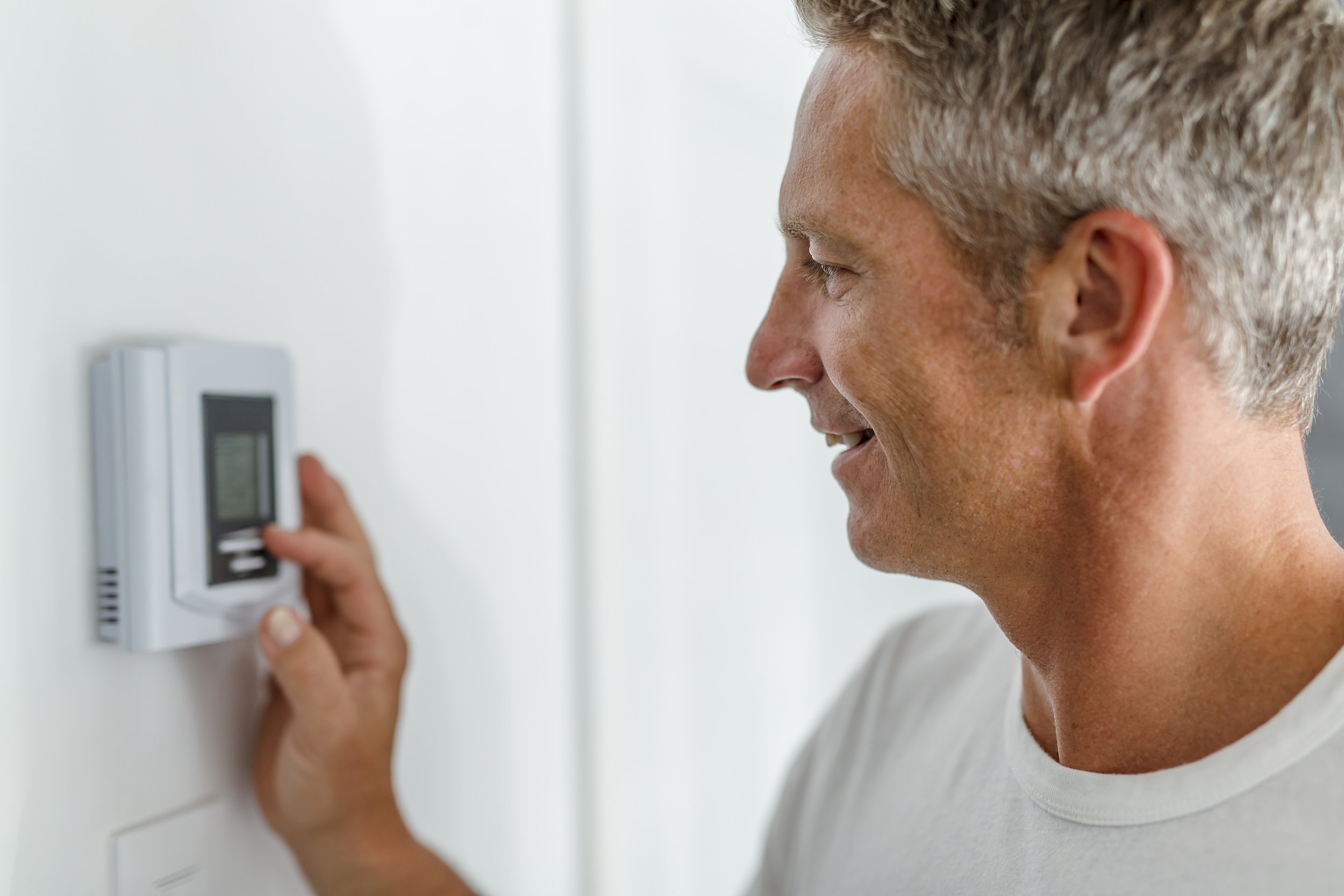
People love to feel cozy and warm in bed, but the best room temperature for slumber is 60 to 67 degrees, according to the National Sleep Foundation. Setting the thermostat in this range helps body temperatures drop, which facilitates deeper sleep. Babies and toddlers should have the temperature slightly higher in their rooms — 65 to 70 degrees.
Related: 18 Ways to Keep Warm Without Turning Up the Heat
Make Time for Exercise

A poll by the National Sleep Foundation showed a strong link between vigorous exercise (running, cycling, or swimming, for instance) and sleep quality. But intense workouts increase core temperatures, and not allowing enough time to cool down before bed can lead to insomnia, Dasgupta said.
Related: 18 Fitness Challenges to Keep Pace (and Your Distance) During the Pandemic
Get Extra Magnesium

People with difficulty sleeping may have too little magnesium in their diet. Buy a supplement at a drugstore or health-food store, or simply eat foods such as pumpkin seeds, almonds, leafy green vegetables, and fish — they’re all high in magnesium.
Related: 7 Cheap Ways to Fight Migraines
Sign up for our newsletter
Consider Melatonin

Supplements of melatonin, a hormone that helps regulate sleep cycles, can ease travel-related and short-term schedule changes, according to Mayo Clinic. But there’s no precise recommended dosage for non-pharmaceutical sleep aids and plenty of variability in effectiveness, Dasgupta said.
Related: Feeling Anxious? Try This Calming Yoga Sequence
Try Valerian Root

The herb valerian, often taken in tea or capsules, has helped with sleep and anxiety problems for centuries. Studies suggest it has an effect similar to medicines such as Xanax and Valium, but weaker. It’s also not known to be addictive and has fewer side effects. Still, even something as gentle as valerian should be approved by a doctor first, especially for anyone who fears interaction with another drug.
Related: 21 Signs That Your Worrying Could Be an Anxiety Disorder
Avoid Alcohol

Alcohol may make you drowsy, but it doesn’t really help you sleep. On the contrary, it disrupts sleep cycles, Dasgupta said.
Related: I Gave Up Alcohol for a Month and Here’s What Happened
